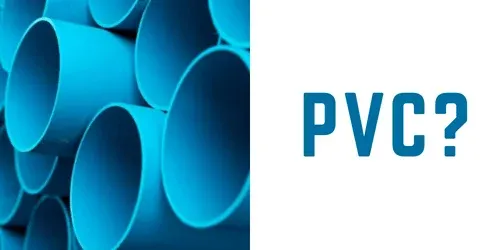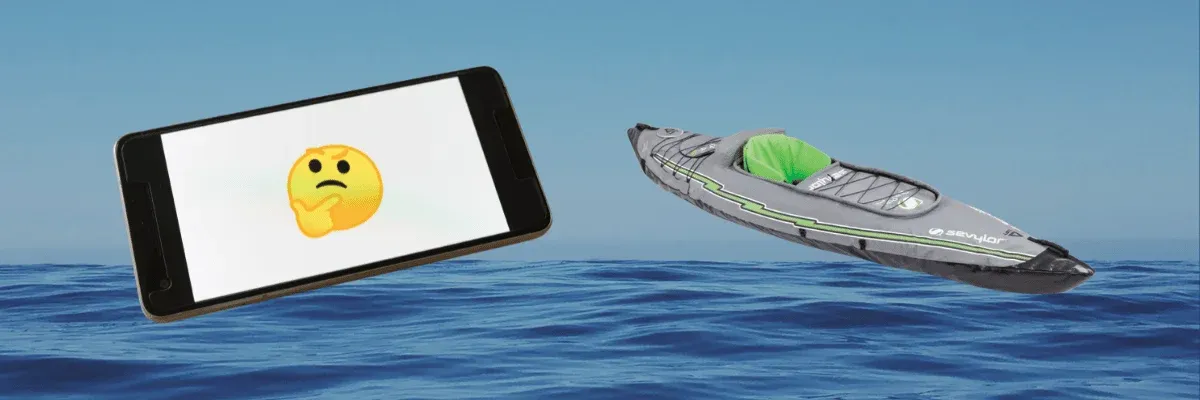In the world of water sports, inflatable kayaks have become increasingly popular due to their portability and ease of storage. However, not all inflatable kayaks are created equal. Some are designed to withstand the rigors of whitewater rapids, while others are better suited for a leisurely day on the lake. So, what makes the toughest inflatable kayak? Let's dive in and find out.
Key Takeaways:
- The toughest inflatable kayaks are made from high-grade, puncture-resistant materials such as PVC and Nitrylon.
- They feature multiple air chambers for added safety and stability.
- The design and construction, including reinforced seams and a rigid floor, contribute to the kayak's durability and performance.

Material Matters: The Foundation of Durability
The toughness of an inflatable kayak starts with the material it's made from. High-grade PVC, Nitrylon, and Hypalon are among the most durable materials used in the construction of inflatable kayaks. These materials are resistant to UV damage, abrasions, and punctures, which are critical qualities when facing jagged rocks or rough waters. Some of the toughest kayaks on the market use a combination of these materials to provide extra reinforcement in high-impact areas.

Construction and Design: The Blueprint of Resilience
Beyond the material, the design and construction of an inflatable kayak play a pivotal role in its toughness. Look for kayaks with reinforced seams, as they are less likely to come apart under stress. A rigid floor, often made from high-pressure drop-stitch construction, can enhance both performance and durability. This design allows the kayak to maintain its shape and provides a stable platform for paddlers.
Multiple Air Chambers: A Safety Net
One of the key features that contribute to the toughness of an inflatable kayak is the presence of multiple air chambers. These separate compartments ensure that if one chamber is compromised, the kayak will remain afloat, allowing you to safely get back to shore. This redundancy is not only a safety feature but also adds to the overall structural integrity of the kayak.
UV Protection: Shielding Against the Sun
Prolonged exposure to the sun can weaken many materials over time. The toughest inflatable kayaks come with UV-resistant coatings that protect against sun damage. This is especially important for those who plan to spend long hours on the water or store their kayak outdoors.
Seams and Valves: The Unsung Heroes
Seams and valves might seem like minor details, but they are critical to the toughness of an inflatable kayak. High-quality valves prevent air from escaping and ensure easy inflation and deflation. Seams should be welded or glued with precision to prevent leaks and tears. Some of the toughest kayaks have seams that are reinforced with additional strips of material for extra protection.
Weight Capacity: Holding Strong Under Pressure
The weight capacity of an inflatable kayak is a good indicator of its overall strength and durability. Tough kayaks can handle more weight, which means they have to be built to withstand significant stress and strain. This often translates to better materials and construction techniques.

Portability and Storage: Toughness on the Go
The toughest inflatable kayaks strike a balance between durability and portability. They are designed to be easily transported and stored without compromising on their robustness. Features like multiple carrying handles and the ability to fold down to a compact size are indicative of a well-designed, tough kayak.
Accessories and Add-Ons: Enhancing the Experience
While not directly related to the toughness of the kayak itself, high-quality accessories can enhance the overall experience and performance. Durable paddles, comfortable seats, and reliable pumps are all part of the kayaking adventure. A tough kayak often comes with or is compatible with accessories that match its durability.

Summary
When it comes to determining what makes the toughest inflatable kayak, it's clear that materials, construction, design, and additional safety features all play integral roles. High-grade materials like PVC, Nitrylon, and Hypalon provide the necessary resistance to punctures and abrasions. Construction details, including reinforced seams and multiple air chambers, add to the kayak's resilience and safety. UV protection and a high weight capacity further contribute to the kayak's toughness. By understanding these key factors, you can choose an inflatable kayak that will stand up to your most adventurous excursions.

FAQs
Can inflatable kayaks be as tough as hardshell kayaks?
Yes, with advancements in materials and construction, some inflatable kayaks can rival the toughness of hardshell kayaks, especially when it comes to handling impacts and withstanding rough conditions.
How do I maintain the toughness of my inflatable kayak?
Proper maintenance includes cleaning it after use, checking for and repairing any punctures or tears promptly, and storing it away from direct sunlight or extreme temperatures to prevent material degradation.
Are tough inflatable kayaks more expensive?
Generally, the tougher the kayak, the higher the quality of materials and construction, which can lead to a higher price point. However, investing in a durable kayak can save money in the long run due to its longevity and reduced need for repairs or replacements.









